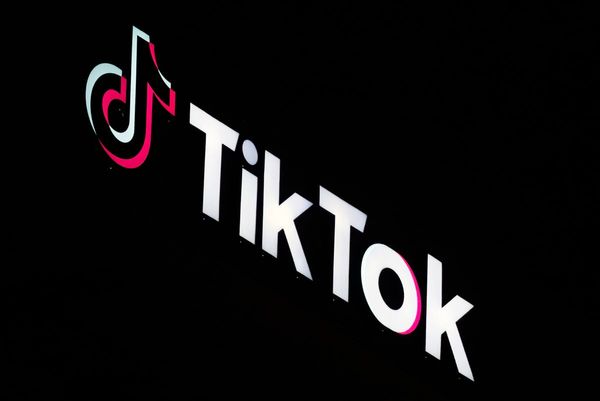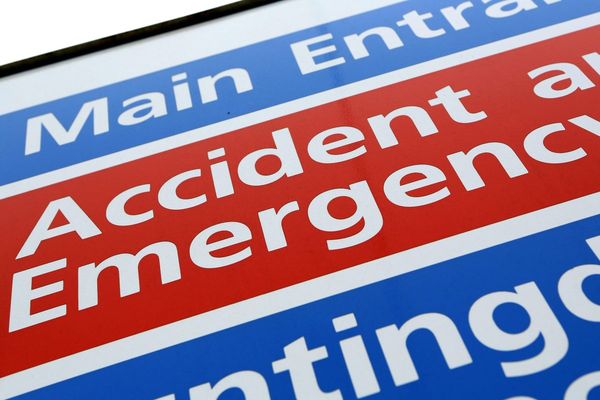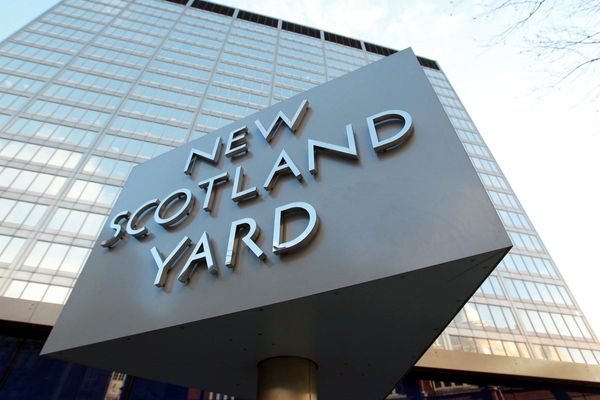Tim Herbert heard Medtronic was about to pull the plug on a sleep apnea therapy he was helping to develop. He saw so much promise in the technology's future, though, that he started a company around it and gave a breath of fresh air to suffering patients.
And that's how Herbert formed Inspire Medical Systems in his basement in 2007. Medtronic ended up spinning the Inspire technology out as a separate company. Herbert, part of the Medtronic team developing the therapy since 1998, says starting Inspire was an opportunity he couldn't pass up.
"I felt compelled that this was an important concept that deserved to be developed and took the chance and started Inspire to develop it," said Herbert, who's been CEO and president of Inspire since its founding in 2007. "It was a wise choice. We are helping a lot of patients and creating a very strong business."
Know Your Risk Like The Inspire Medical CEO
Herbert knew exactly what he was getting into before taking the leap. He'd spent years working on the technology. After consulting in the first manufacturing trial, he saw firsthand how the therapy could help patients.
Inspire's results bear him out. With a sharp focus on the therapy's benefits for the patient, Herbert built Inspire into a leading medical technology company now worth over $6.1 billion.
In the process, Inspire turned the market for sleep apnea technology on its ear. The company's Inspire therapy is the first and only FDA-approved neurostimulation technology that treats moderate to severe obstructive sleep apnea.
Focus On The Customer Like Herbert
Herbert's formula for success? He has it down to a science for any business: Make the customers the No. 1 priority.
"The core to the success in building Inspire into a high-growth medical technology company is a commitment to the patient," Herbert, 62, told Investor's Business Daily.
Focusing on the customer kicks off a cycle of success. "If you keep the patient in front of your mind for all decisions, all decisions are easy," Herbert said. "There are no shortcuts. The patient must have the proper outcome, and with that you will get the patient satisfaction and the therapy will grow naturally. And you can't force that."
Find Success In Your Idea
Following this formula, Herbert has led Inspire to become a top stock performer. The FDA approved the Inspire system in 2014 and the company followed with an IPO in May 2018.
Since then, annual revenue has soared 939% to $407.9 million in 2022 from $50.6 million in 2018. The company's guidance is for 2023 revenue to jump roughly 50% to $600 million to $610 million. That follows a 75% revenue gain in 2022.
Shareholders are reaping the benefits. Inspire's stock jumped more than 740% since its first-day closing price, says S&P Global Market Intelligence. The S&P 500 is up just 70% in that time.
Herbert: Foster A Cycle Of Success
Success doesn't happen in a vacuum, Herbert says. It takes a "cycle of success." Herbert sets major goals, develops a committed team and creates a culture based on the power of positive thinking.
This cycle helps employees focus on the overriding idea of helping patients sleep well and comfortably. It also helps Inspire take on rivals' CPAP (continuous positive airway pressure) mask therapies.
CPAP masks — today's standard sleep apnea treatment — use pressured air to hold the airway open. But you have to wear a mask with a CPAP. Inspire's approach, though, is embedded inside the body. The device stimulates a nerve that holds the airway open. The result is people have a restful night sleep — without wearing a mask that some find uncomfortable. Only 50% of patients use their mask every night, Herbert says.
Find Your Edge
Here's where Inspire's edge comes in. If Inspire can reduce the severity of the disease more comfortably every night, that's a "home run recipe," he said. "We have to measure that and continually improve our therapy so that those patients benefit."
Hitting this goal starts with a strong team. "You have to hire a lot of people smarter than you and let them do their jobs," he said.
Herbert motivates his team with one aspect of his own success — a positive attitude.
"When you start a medical technology business or any business, it's a continuous series of challenges and problems, and you have to address each one with an equal amount of energy and vigor," he said. "And it takes a thick skin. You will face challenges and you must face them with positive thinking and don't give up. Our reward is a satisfied patient."
Herbert instills that attitude by giving every new employee a copy of the 1930 children's book, "The Little Engine That Could." The book describes a little train engine that overcomes a seemingly impossible task with positive thinking and persistence.
"If I can align everybody to think about patient outcomes and cultivate the norm as 'The Little Engine That Could' model with positive thinking and persistence, it sets up everyone else and the organization as a whole for success," he said.
"Tim Herbert stands out as a leader for his patience and perseverance in his pursuit of his technology for a long period of a time," said Matt Mishan, senior equity research analyst at KeyBanc Capital Markets. "He continued to drive this 20 years before it became a commercial product."
Take On Tough Challenges
Positive thinking alone doesn't bring results. Another component to Inspire's success is Herbert's ability to lead his team through tough challenges.
Herbert cites his strategy during the Covid-19 pandemic outbreak. While navigating through the pandemic, Herbert wanted to keep up the growth trajectory of his company.
"For Covid-19 my strategy was, 'Let's do it,'" he said. Inspire didn't lay off people — it hired more.
With "all the companies laying people off during the pandemic, it would be the best time to hire," said Herbert. "We had to be able to obtain the best talent." When Covid subsided the company was in a "very strong position," which showed in its growth, he says.
Herbert faced tough challenges before as he built Inspire and developed the technology. Clinical trials in Inspire's early research days brought difficulties. Herbert says getting people to invest was "difficult." But Herbert developed a strategy to raise funds.
"My job was to keep the company funded, and then when we got to the IPO underwriting we had the ability to do the IPO," he said.
Find Funding To Keep Going
The plan for funding paid off for Inspire and its shareholders. When Inspire closed on its initial public offering on May 7, 2018, it was the first medical technology company to do an IPO in years, says Herbert.
The IPO's success was just the beginning. Inspire's therapy is catching on with patients since it was approved by the FDA. And Herbert says Inspire is in the early stages of commercializing its therapy primarily in the U.S. But it's starting to grow in Europe and parts of Asia as well.
"The need for the therapy is pronounced, and we have significant evidence of strong potential outcomes," said Herbert.
Rick Buchholz, Inspire's chief financial officer, gave an update on the company's strategy on the Aug. 1 second-quarter conference call: "Our real focus is top-line growth and growing the adoption."
Leverage Your Background
Herbert's experience and education in both engineering and business helped him lead Inspire along its rapid growth path. He's an engineer by training with a B.S. in electrical engineering from North Dakota State University. He also holds an M.B.A. from the University of St. Thomas.
Medtronic proved to be a great place to pick up experience, too. Over his 11 years there, Herbert developed therapies in the corporate ventures group.
"That (experience) is the foundation to be a good entrepreneur because we learned all aspects of a new business," he said. Leaders must understand the science and the business to succeed, he says.
"You can't be an expert in just one," he said.
Inspire Medical Systems CEO Tim Herbert's Keys
- Founded Inspire Medical Systems in 2007 when Medtronic spun out the Inspire sleep apnea technology.
- Overcame: Risk in developing and launching a new medical technology company and taking it public in a highly competitive industry.
- Lesson: "Make the patient the No. 1 priority and success will follow."







